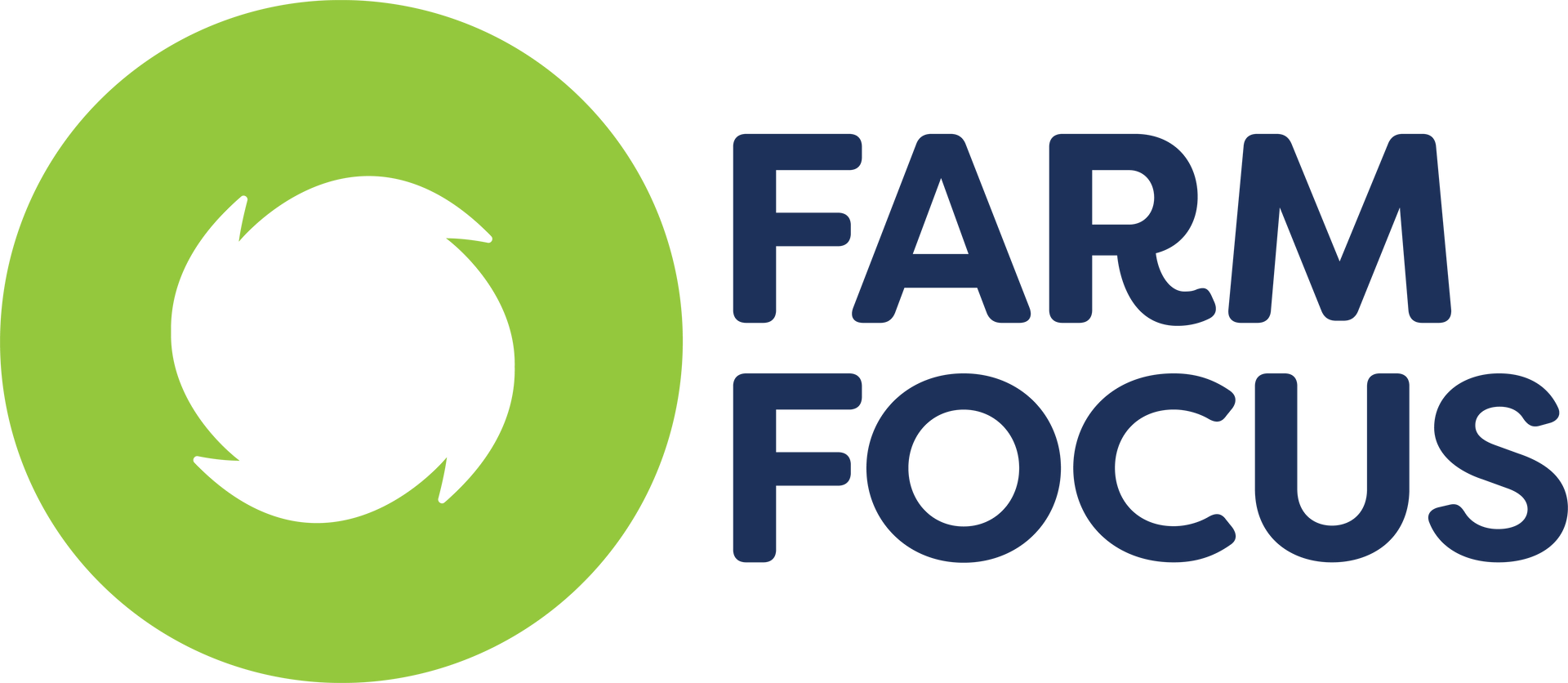Selling More to Existing Customers
One of the best - and easiest - ways to increase your revenue and profitability is to sell more to your existing customers. Many customers only know about the products they have bought from you. Simply telling your customers about all the products in your range can bring in more business.
Cross-selling and up-selling is all about relevance. Look at what your customers have bought before and offer them other relevant goods and services that might be useful. They will see this as good customer care, rather than an intrusive sales pitch.
Timing is everything. Where possible, focus on cross-selling and up-selling at the point of sale when customers are ready to buy. Offering upgrades, special deals and free gifts (such as three for two) is a great way to convince customers to spend a little more.
How to approach Existing Customers
Never underestimate the importance of your existing satisfied customers. It costs less to sell to them than it does to find new business. What's more, they are loyal, they tell you what you are doing right and wrong, they recommend you to their friends and, compared to new customers, they are less price-sensitive.
Selling to existing customers is quite different to approaching new prospects. You don't need to establish your reputation, skills or the quality of your products. The customer is already convinced. The fact that you're telling them about other useful products or services shows that you understand their needs and care about their satisfaction.
Your sales approach should reflect the fact that you already have a good relationship. Listen to your customers and let them give you feedback before you make your pitch. As long as you tell your customers about something that's appropriate to them, they will appreciate the offer.
Don't assume your customers know your products as well as you do. Most people are focused on one thing when they make a purchase. Has a customer ever said to you "I didn't know you did that?" Customers are often unaware of everything that a business can provide.
Take advantage of every customer touch point to show them what you can offer as part of your routine customer-care processes. You can also send newsletters and emails telling them about new products and special offers. After a sale, a courtesy call is a good opportunity to offer other goods and services. You can send reminders when services or check-ups are due. When shipping a product to a customer include a flyer highlighting other items which they might be interested in.
How to Cross-Sell
Cross-selling is an established sales technique that works. In a Chemist, you'll find mouthwash, dental floss and toothpaste next to the toothbrushes. On websites like iTunes, you'll find other recommendations next to the album you are buying.
Maximise the potential for cross-selling by positioning related items together, whether in your shop, on your website or in your brochure. Educate shoppers on the depth and variety of what your business offers. At the same time, ensure your employees are trained in cross-selling techniques, based on offering customers relevant products and services.
Incentives can be the best way to achieve extra sales, and it's very effective to bundle together related products in a package deal. If you run a carpet-cleaning business, don't forget to mention that you clean lounge suites and curtains too. You can also use endorsement to make a sale - recommendations from experts or other customers can convince customers to add more products to their basket.
How to Up-Sell
Getting customers to buy a more expensive product can be difficult. However, by encouraging your customers to spend a little more, you can significantly boost your sales.
There are two main ways to up-sell. The first method involves an in-depth understanding of your customers' requirements. The second approach is based on incentives and rewards for spending more. If you can combine both, you have a good chance of successfully up-selling.
Take a car sales pitch; for example. A customer comes in and is sure about the model they want to buy. The sales person asks a series of questions to find out more about their requirements. Then they show the customer the original model and a more expensive model that gives them everything they want. The customer likes the more expensive car but is concerned about the price. The sales person offers a discount and the deal is often sealed.







